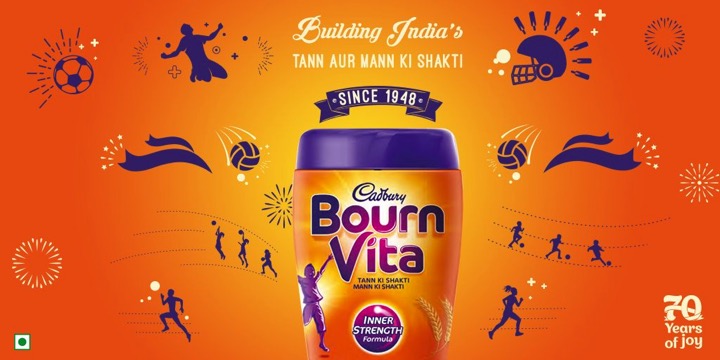In a country which is called the diabetes capital of the world, where ‘high sugar’ is increasingly seen as more dangerous than delightful, Bournvita was cruising for a bruising. Bournvita-maker Mondelez India’s recent scrap with social media influencer Revant Himatsingka, who claimed high sugar content in the drink, put its own health claims in the public glare. Bournvita-maker Mondelez India’s attempt to browbeat the influencer with a legal notice attracted counters from many health experts too .
And now Mondelez India has received a notice from the child rights body NCPCR which has asked it to review or withdraw all “misleading” advertisements, packaging and labels. The NCPCR has also demanded a detailed explanation within seven days.
Now that Bournvita has attracted notice from a regulator (and another, food regulator FSSAI, might also be looking into the issue), it will have to prove that its glitzy advertisements make claims that are substantive rather than half-truths wrapped in technical and legal face-savers.
Unwittingly, Bournvita has got itself into a challenge from which it is not likely to come out unscathed. After the Bournvita controversy, Activist body Consumer Voice has written to the Food Safety and Standards Authority of India (FSSAI) and the Department of Consumer Affairs, urging them to revise the regulations and labelling guidelines for the entire health drinks category. Besides Bournvita, Hindustan Unilever’s Horlicks and Boost and Nestle’s Milo are a few other big brands in this category.
After the social-media influencer removed his video that claimed high sugar in Bournvita, an expert jumped into the debate, saying Bournvita’s health claims lack proper scientific basis.
Dr Abby Philips, @theliverdr on Twitter, an hepatologist and clinician-scientist working at The Liver Institute, Rajagiri Hospital, Kerala, has argued that the claims of scientific methods or studies and the scientific evidence for everything that is written on the Bournvita product are not backed by good evidence. “Cadbury’s claims are misleading on muscle and bone growth, immunity enhancement and brain development – there are no controlled studies to show the same,” he claimed.
“Cadburys has made a statement that they have designed the product on scientific basis, which means there has to be published studies backing their claims,” he wrote on Twitter, citing several studies critical of Bournvita.
However, Mondelez India has defended its claims. “Every serving of 20 gm of Bournvita has 7.5 grams of added sugar, which is approximately one and a half teaspoons. This is much less than the daily recommended intake limits of sugar for children,” said Mondelez India, which also owns popular brands such as Cadbury Dairy Milk, 5 Star, Oreo cookie and Gems.
According to Ashwin Bhadri, the founder and CEO of Equinox Labs, India’s leading Food, Water & Air Testing Lab., the company’s claims are most likely based on the standards set by BIS.
“Every product that comes into the market has to undergo a test by a NABIL or FSSAI accredited lab. Normally big brands get their products tested by internal labs and by 2-3 external labs so that they are sure about the results. All the standards for this come from the Bureau of Indian Standards,” Bhadri told Indiatimes recently.
The Bournvita controversy and the social media backlash against the drink that followed shows a lot of people have come to think the nutritional content many big food brands declare on product labels may be legally and technically defensible but not fully reliable. They may not be totally wrong. Two years ago, Nestlé, the world’s largest food company and the maker of popular Maggi noodles, had acknowledged that more than 60 per cent of its mainstream food and drinks products do not meet a “recognised definition of health” and that “some of our categories and products will never be ‘healthy’ no matter how much we renovate”, the Financial Times reported.
As if the withering gaze of social media wasn’t enough, Bournvita has now got the NCPCR notice. Its health claims will now have to pass through the scanners. High or low, sugar seems to have left a bitter taste of it.
Source : The economic Times April 26th 2023

